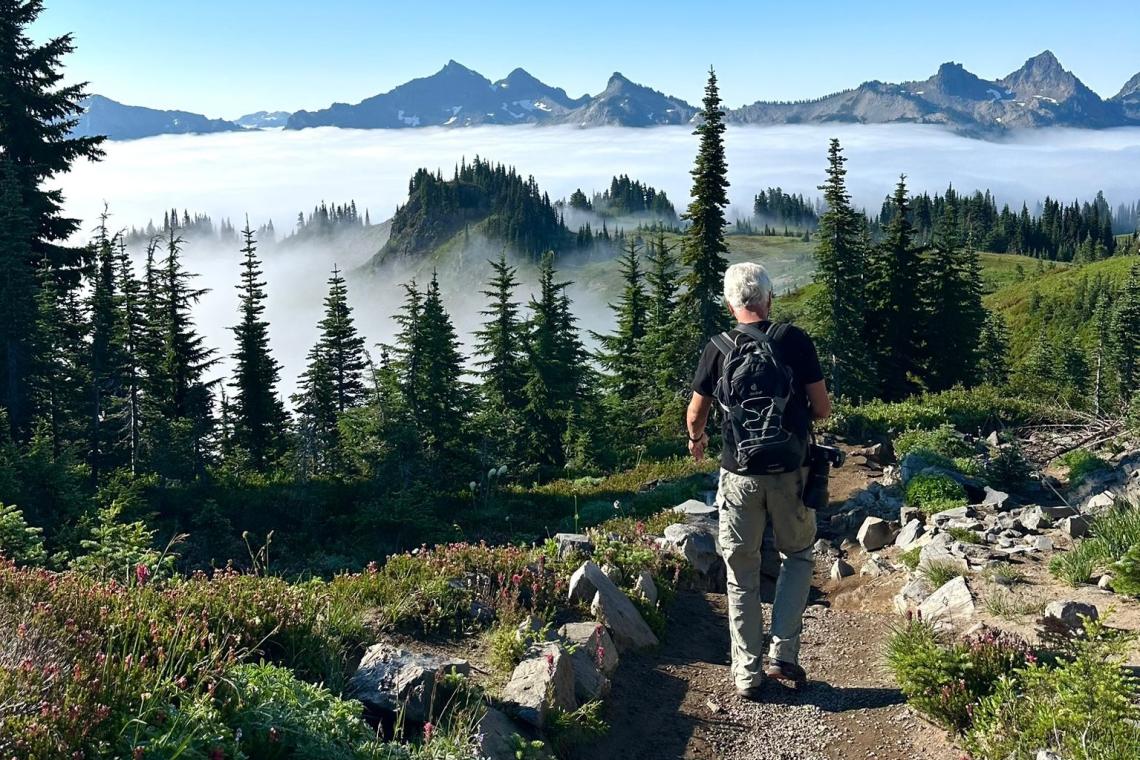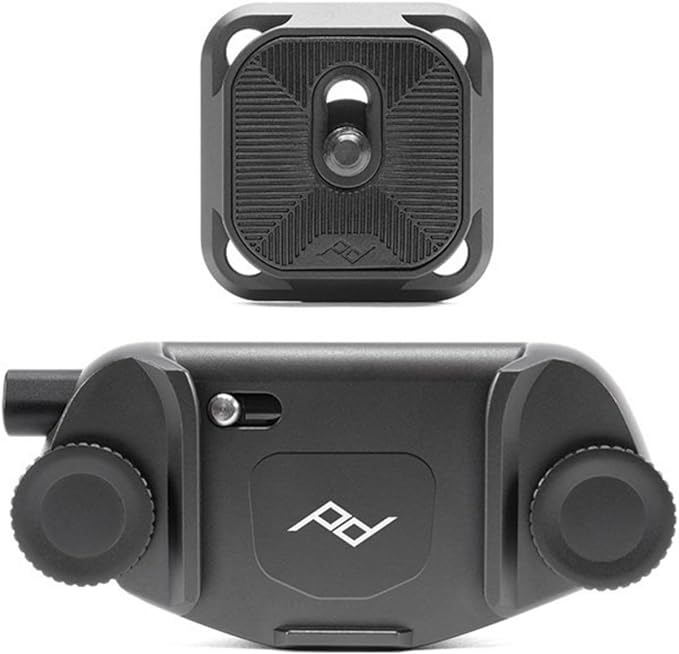I've used the Peak Design camera strap system for years, starting with the Peak Design Capture and Clutch and later adding the Peak Design Slide. My photography journey began outdoors, where hiking and searching for birds and wildlife in forests and savannas became more than a pastime. Over time, this evolved into a semi-professional pursuit, creating images for Conservation Mag.
Key Considerations
- System Integration: The Peak Design Capture and Slide systems have played a crucial role in my outdoor photography. I cannot do without them; however, each offers strengths and limitations.
- Versatility Across Setups: The system adapts well to different camera setups, from lightweight bridge cameras to heavier DSLR and mirrorless systems, but may not be ideal in all scenarios.
- Overall Recommendation: The Peak Design system works well for various outdoor photography needs, but understanding its potential limitations and adjusting your setup accordingly can help maximize its benefits.
- Potential for Camera Damage: Using the Peak Design Capture without extra protection can damage the camera, particularly with cameras with less robust bodies.
- Weight and Comfort: The Slide strap can become heavy during extended use, especially with larger camera setups, and may cause discomfort if not correctly cushioned by a backpack strap.
- Backpack Compatibility: Not all backpack straps are compatible with the Capture system, which may limit its usefulness depending on your gear.
Starting Out With The Peak Design Capture
At the start, my photography was mainly focused on easy-to-carry bridge cameras. Specifically, I used the Nikon P900 and then upgraded to the Nikon P950. As my photography has evolved due to increased professional requirements, so has my use of cameras, which have evolved to DSLRs and Mirrorless cameras. You can read my reviews on the Nikon Z6ii and the Nikon Z8.
One of the main reasons for the upgrade from the Nikon P900 to P950 was a little mishap that occurred where the Peak Design Capture broke out the camera tripod screw mount—leaving a hole in the bottom of the camera. After mentioning this in my Nikon P950 review, a reader reached out to me and mentioned that he had a similar tear in his camera body using the Peak Design Capture.
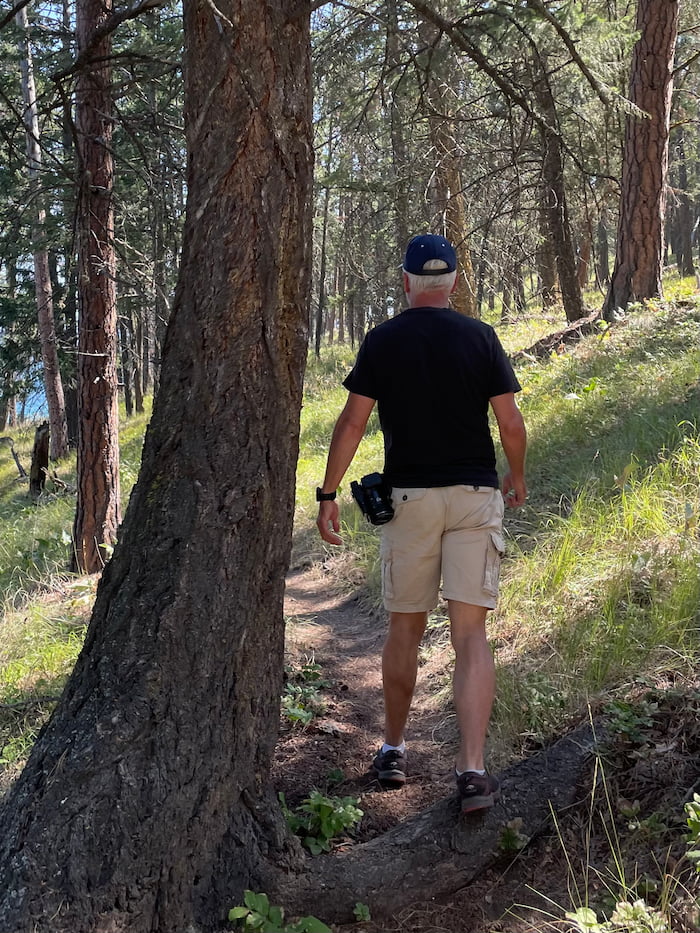
Hack to Protect Your Camera Just In Case
Luckily, the P950 has a more robust body where the Peak Design belt clip mounts. However, I now use a thin plastic sleeve between the Peak Design Capture and the camera to protect the plastic body from the metal clip. This simple tip might help others avoid similar damage.
Much of what I have read online about the best camera strap for hiking immediately suggests the Peak Design Capture solution for everyone. However, I did not find the Capture to work well in all scenarios, so I propose using a Peak Design system, including the Peak Design Slide, Capture, and Clutch.
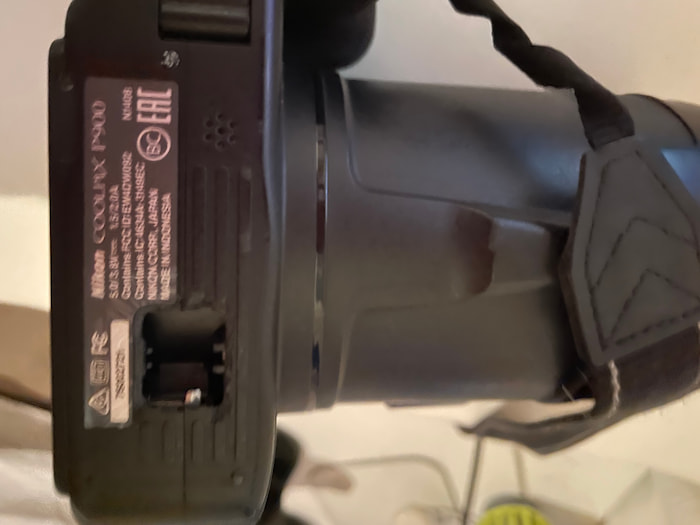
The Peak Design Slide and Camera Strap System
On the upside, the Peak Design Capture is a fantastic clip, and until today, its clipping mechanism has not failed me. I have climbed boulders, hiked, and been relatively reckless with it on the belt, and the system worked exceptionally well until the failure of the camera body. For many use cases, the Capture is fantastic.
However, reviewers present the Peak Design Capture as an all-backpack solution. Online guides suggest clipping the camera onto your backpack strap. This solution has not worked for me, as one of my backpack's straps is too thick, and the other backpack, a lightweight running backpack, also has a too-thin strap, so the clip does not work on it.
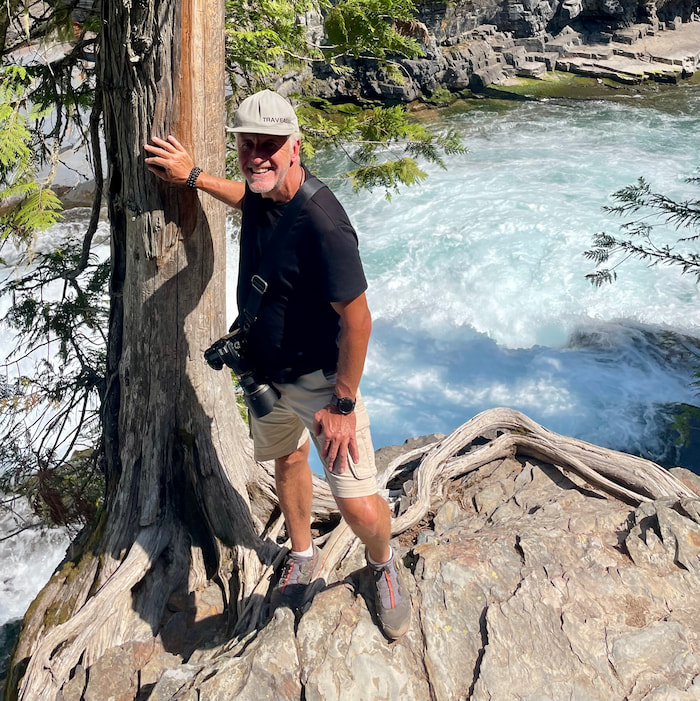
How I use the Peak Design Camera Strap System
When using a DSLR or Mirrorless Camera, I must carry my birding and wildlife lens, Nikon 200-500, at the extreme. When doing so, the Capture does not work for me. I have moved on to using the Peak Design Slide camera strap. The slide provides a strong alternative, and it enables me to hang my camera over my shoulder and out of the way of my walking motion.
When using a small backpack, I tend to hang the camera next to the backpack with the strap over the backpack strap. When I hike and don’t use a backpack, it easily slides in behind my back out of the way. I find this solution works better because the camera is more readily available, and I do not have to unclip.
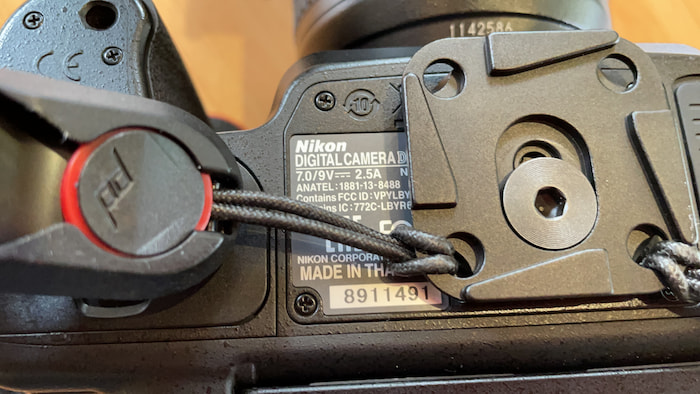
Peak Design Anchor Link System
One negative aspect of the slide is its weight. It becomes a little heavy after a while, and depending on your clothing and whether you have a backpack, it may dig into your neck a bit. I find the backpack strap stops the strap from hurting my neck. The weight issue may be solved by buying the Peak Design Slide Light.
So, when using the Peak Design Capture and Clutch, I mainly use it with my P950. For heavier lenses, I use the Slide. The Peak Design system works well for me. I migrate between the Capture and the Slide with the Anchor Link system, which works well and makes the transition seamless. I even bought my trip to work with this mounting system. I use the Rollei Stativ C5i Carbon, a sturdy and light Tripod solution.
On the Positive Side
- Durability: The Peak Design Capture has proven durable outdoors, including bouldering and hiking.
- Versatility: Works well with lighter bridge cameras and smaller setups.
- Secure Clipping Mechanism: The Capture’s mechanism has never failed, offering peace of mind in rugged environments.
- Seamless Transition: The Anchor Link system allows easy switching between the Capture and Slide.
- Comfortable with Adjustment: The Slide distributes weight across the shoulder, providing a comfortable way to carry heavier camera setups.
- Customizable Setup: The combination of Capture, Slide, and Clutch offers a tailored solution for various outdoor photography needs.
Negative Points
- Potential for Camera Damage: The Capture’s metal clip can damage the camera body if not carefully used.
- Weight Issue: The Slide can become heavy over extended use, especially with heavier camera setups.
- Backpack Strap Compatibility: The Capture does not work well with all backpack straps, particularly those that are too thick or thin.
- Neck Discomfort: The Slide can dig into the neck without a backpack strap to cushion it.

